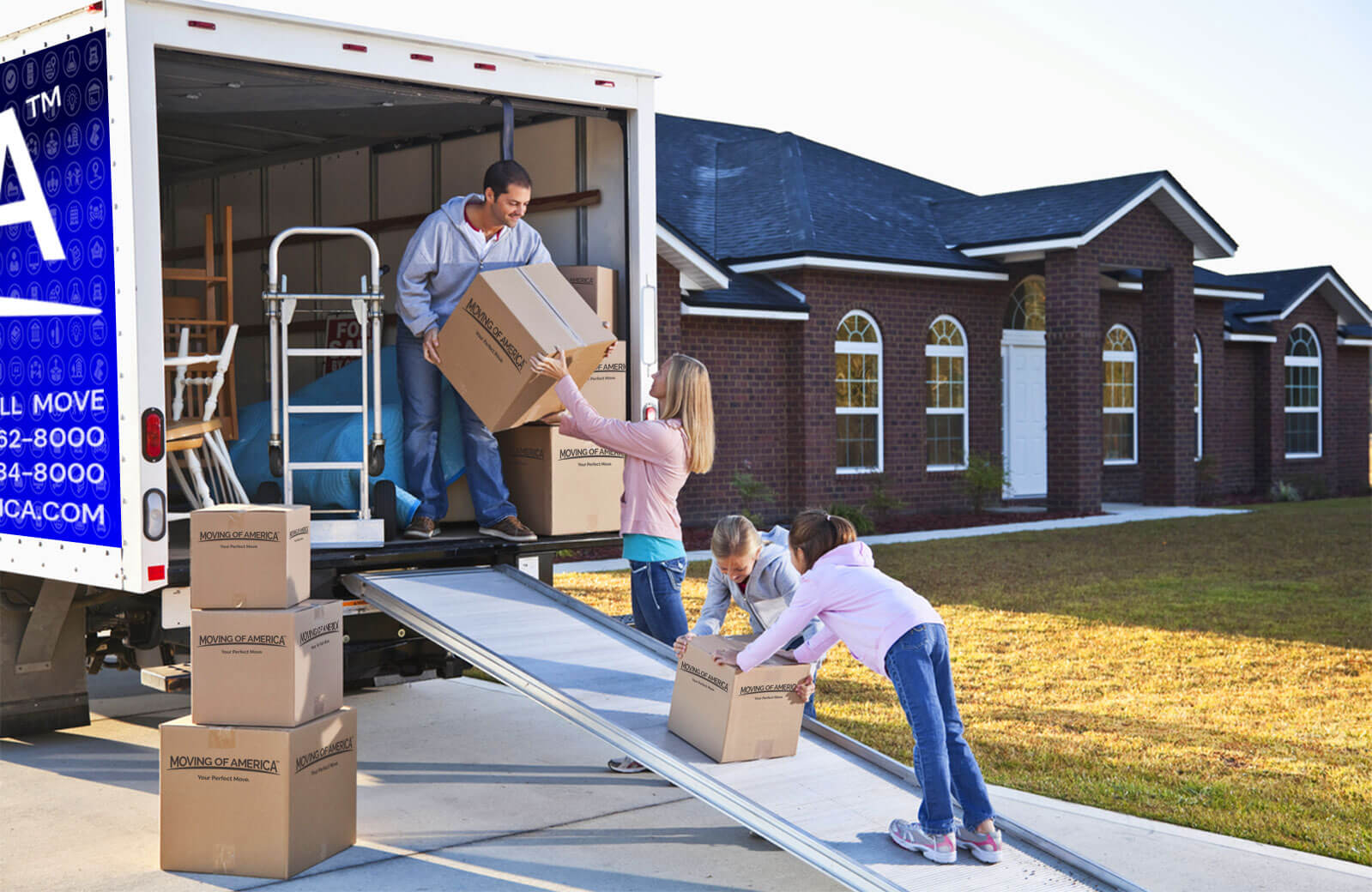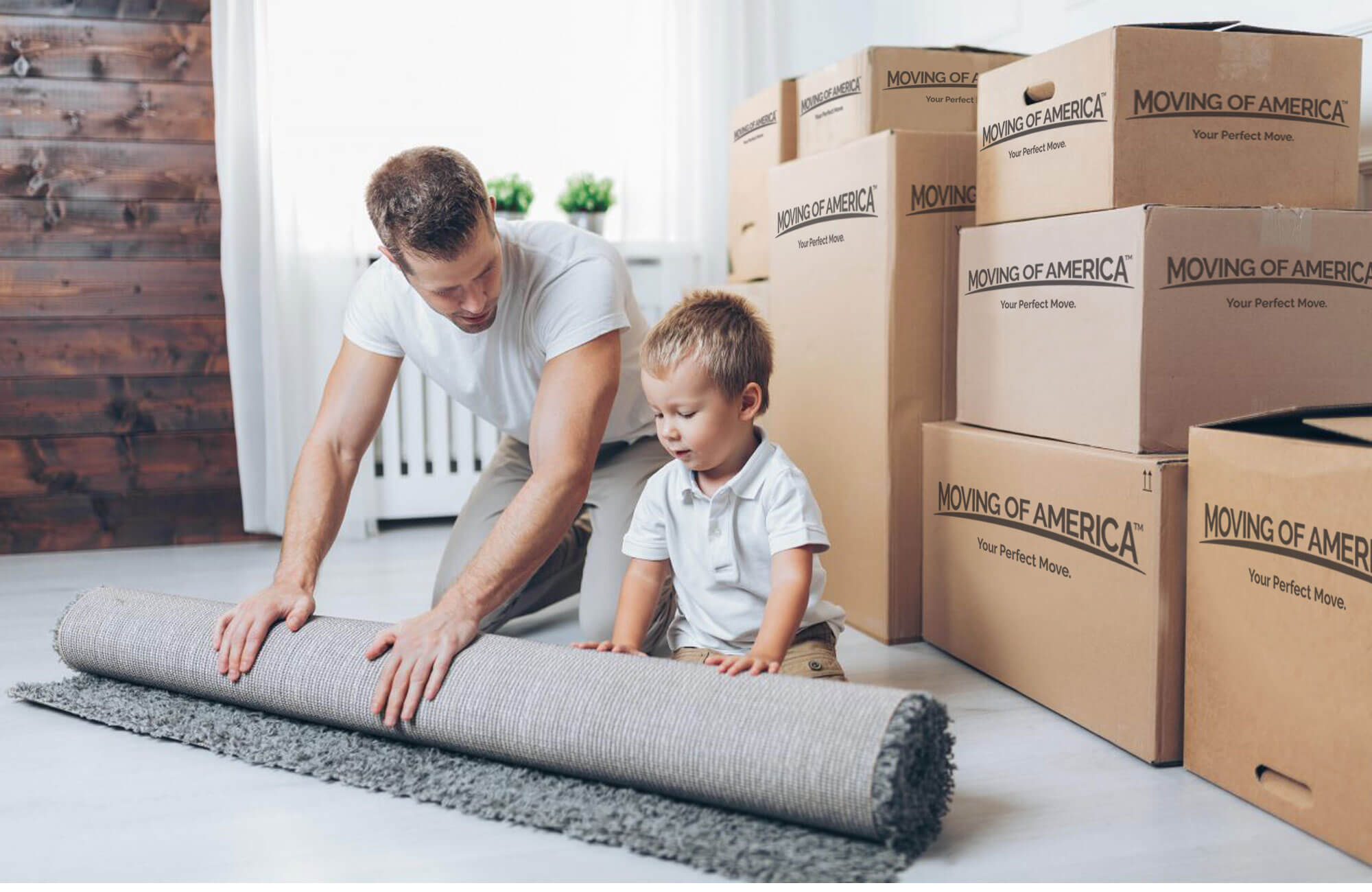 Sara is planning to move in about 3 weeks to Wisconsin from Michigan. It’s about a 2-hour drive and she is worried about protecting her plants during the local move. The last time she moved, it was about 2 miles, but during the winter season, and her plants got traumatized. Although they survived but it took them a long time to recover. Is this story sounds similar to you? Nothing makes a house look more lively, warm and joyful than houseplants. If you’re an ardent garden lover, your plants are a part of the family; a member you can’t part with and they need to move with you but just like delicate antiques and furniture, moving plants need special care. Take some time out to consider what is the best way to move your plants. You’ve have nurtured your healthy house plants with love, and you want them to arrive fresh at your new home. As you prepare to move with Moving of America, use these tips on how to move your plants safe and fresh.
Sara is planning to move in about 3 weeks to Wisconsin from Michigan. It’s about a 2-hour drive and she is worried about protecting her plants during the local move. The last time she moved, it was about 2 miles, but during the winter season, and her plants got traumatized. Although they survived but it took them a long time to recover. Is this story sounds similar to you? Nothing makes a house look more lively, warm and joyful than houseplants. If you’re an ardent garden lover, your plants are a part of the family; a member you can’t part with and they need to move with you but just like delicate antiques and furniture, moving plants need special care. Take some time out to consider what is the best way to move your plants. You’ve have nurtured your healthy house plants with love, and you want them to arrive fresh at your new home. As you prepare to move with Moving of America, use these tips on how to move your plants safe and fresh. 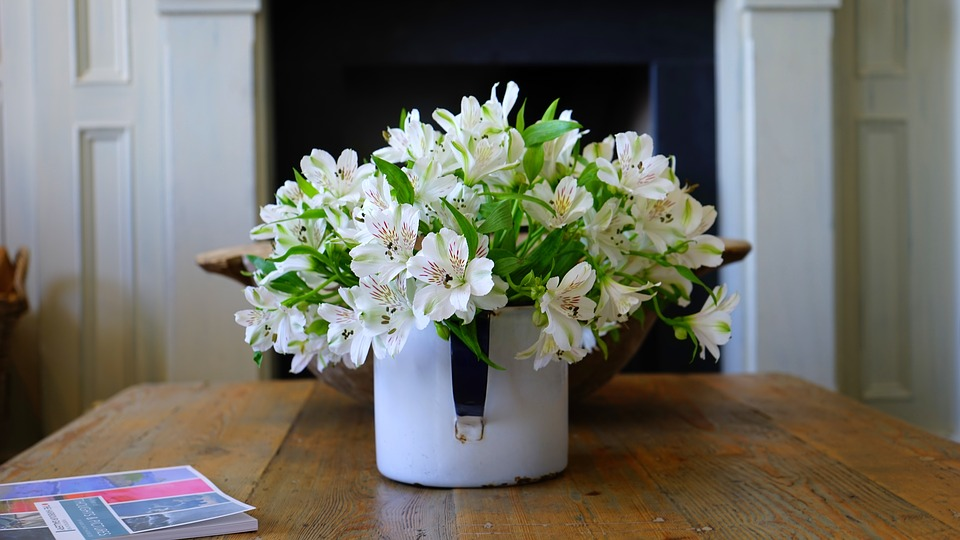 • Keep in mind the temperature Firstly, think of your plants as a person in terms of temperature. Your plants like temperature in between 70 to 80 degrees. When moving your plants, remember that they will do “best” in a heated area. During your local move, those indoor plants could become chilled and would take some time to recover, If possible try to transport them in a heated truck. • Preparing Potted Plants and Hanging Plants
• Keep in mind the temperature Firstly, think of your plants as a person in terms of temperature. Your plants like temperature in between 70 to 80 degrees. When moving your plants, remember that they will do “best” in a heated area. During your local move, those indoor plants could become chilled and would take some time to recover, If possible try to transport them in a heated truck. • Preparing Potted Plants and Hanging Plants
- Cover the large houseplants with newspaper in a conical shape to prevent the branch from breakage. Just like florist wraps a bouquet of flowers, you have to do exactly the same. For the hanging plants, collect the foliage gently at the top and secure it with bands.
- When packing the plants, use boxes slightly larger than the base of their pot. You can use newspaper, packing paper, or other items to ensure a cozy fit.
- For delicate ceramic or clay pots, wrap the earthen pot (but not the plant) in the bubble wrap before packing. You can also wrap the clay pot in a wet paper, and then add multiple layers of dry paper for the protection.
- You can pack different plants of similar sizes in one carton. Just be sure that the pots are well-covered with paper or packing materials to protect them from breaking during the move.
- Keep in mind that a plant is a living thing. Close the top loosely and punch air holes in the box and mark the box with “Plant – Keep this Side Up” to avoid hurting the plant if you hire local moving company.
- As you go with plants make sure that they have enough space. Run the air conditioner or roll down the window in your vehicle in warm weather. Avoid exposing the plant to the direct sunlight, which is amplified through the car glass.
You shouldn’t have to water your plants on a shorter journey. If plants are in the car on a very warm day, you can spray water on them so that they can remain fresh until they get to their new house. 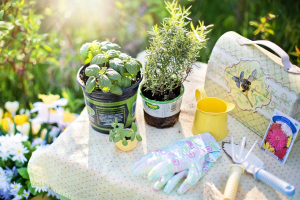 • Preparing Indoor Trees It is important to wrap the pot in bubble wrap for protection. If you can find a box large enough, place the tree inside. A box of any height will add to the protection for your prized tree. If the tree is large and you can’t find a suitable box, you can move your tree without one. Always transport trees in the cabin the moving truck. Place heavier objects or boxes against the pot to ensure that the tree won’t fall during the move. Similarly, like indoor plants, don’t be surprised if tree leaves turn yellow in the weeks following the move. Prevent shock damage by providing indoor trees with an environment similar to the one you left. Prevent it from direct sunlight during the move. • Preparing Cactus Plants Unlike other indoor plants, moving a cactus requires very little preparation. Water the cactus, if needed, seven days before the move. Cover the pot with bubble wrap or newspaper for protection, and place the cactus in a box. If you are planning to keep multiple plants in the single box, ensure that the pots won’t bump into each other and there is plenty of protection option like packing peanuts, newspaper, or other packing materials. You can leave the top of the box open, as cacti are very strong plants. Just make sure that nothing is placed on the top of the box or that the needles won’t hurt anyone. A big, tall cactus can be difficult to move, especially if it won’t fit in your vehicle standing up. We suggest you keep the plant on a flat wooden board for the move and protect it gently with soft bands. Take care while handling cactus plant to avoid getting stuck by the thorns.
• Preparing Indoor Trees It is important to wrap the pot in bubble wrap for protection. If you can find a box large enough, place the tree inside. A box of any height will add to the protection for your prized tree. If the tree is large and you can’t find a suitable box, you can move your tree without one. Always transport trees in the cabin the moving truck. Place heavier objects or boxes against the pot to ensure that the tree won’t fall during the move. Similarly, like indoor plants, don’t be surprised if tree leaves turn yellow in the weeks following the move. Prevent shock damage by providing indoor trees with an environment similar to the one you left. Prevent it from direct sunlight during the move. • Preparing Cactus Plants Unlike other indoor plants, moving a cactus requires very little preparation. Water the cactus, if needed, seven days before the move. Cover the pot with bubble wrap or newspaper for protection, and place the cactus in a box. If you are planning to keep multiple plants in the single box, ensure that the pots won’t bump into each other and there is plenty of protection option like packing peanuts, newspaper, or other packing materials. You can leave the top of the box open, as cacti are very strong plants. Just make sure that nothing is placed on the top of the box or that the needles won’t hurt anyone. A big, tall cactus can be difficult to move, especially if it won’t fit in your vehicle standing up. We suggest you keep the plant on a flat wooden board for the move and protect it gently with soft bands. Take care while handling cactus plant to avoid getting stuck by the thorns. 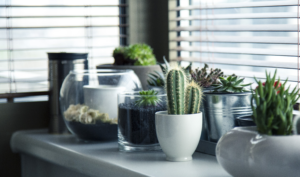 • Prepare your plants days before for the move Prune the larger plants by pinching back new growth with your thumb and forefinger. Pruning will make sure that the plants are easy to handle and transport. It will also help to grow healthy and good yield plants after your move. Do not prune ferns and succulents like cactus, jade plants, and aloe. Make sure that you check the plants for insects and parasites, days before the move. If you are using insecticides, exercise caution and follow label directions. Water your plants normally, avoid overwatering. It can cause plants to freeze in the cold weather or promote fungus growth in the warm weather. • Unpack your plants as soon you reach your new home Place the plants out of the carton. Avoid moving plants around until they become acclimated. If your plants suffer from transplant shock after your move, give them a few
• Prepare your plants days before for the move Prune the larger plants by pinching back new growth with your thumb and forefinger. Pruning will make sure that the plants are easy to handle and transport. It will also help to grow healthy and good yield plants after your move. Do not prune ferns and succulents like cactus, jade plants, and aloe. Make sure that you check the plants for insects and parasites, days before the move. If you are using insecticides, exercise caution and follow label directions. Water your plants normally, avoid overwatering. It can cause plants to freeze in the cold weather or promote fungus growth in the warm weather. • Unpack your plants as soon you reach your new home Place the plants out of the carton. Avoid moving plants around until they become acclimated. If your plants suffer from transplant shock after your move, give them a few  days to retrieve. If your plant still looks unhealthy, look for help in your new neighborhood. Just remember that your plants need time to adjust to the new space, even if you moved locally! Plants take time to recover from re-potting, so do this a few weeks in advance of the move. Observe any garden plants that you planted at your new home. Even moving within a few miles, there can be a difference in soil, climate, and air quality which will have an effect on your plant’s health. Keep a watch on their growth and call in some local gardeners if it looks like they are not adjusting well.
days to retrieve. If your plant still looks unhealthy, look for help in your new neighborhood. Just remember that your plants need time to adjust to the new space, even if you moved locally! Plants take time to recover from re-potting, so do this a few weeks in advance of the move. Observe any garden plants that you planted at your new home. Even moving within a few miles, there can be a difference in soil, climate, and air quality which will have an effect on your plant’s health. Keep a watch on their growth and call in some local gardeners if it looks like they are not adjusting well.
